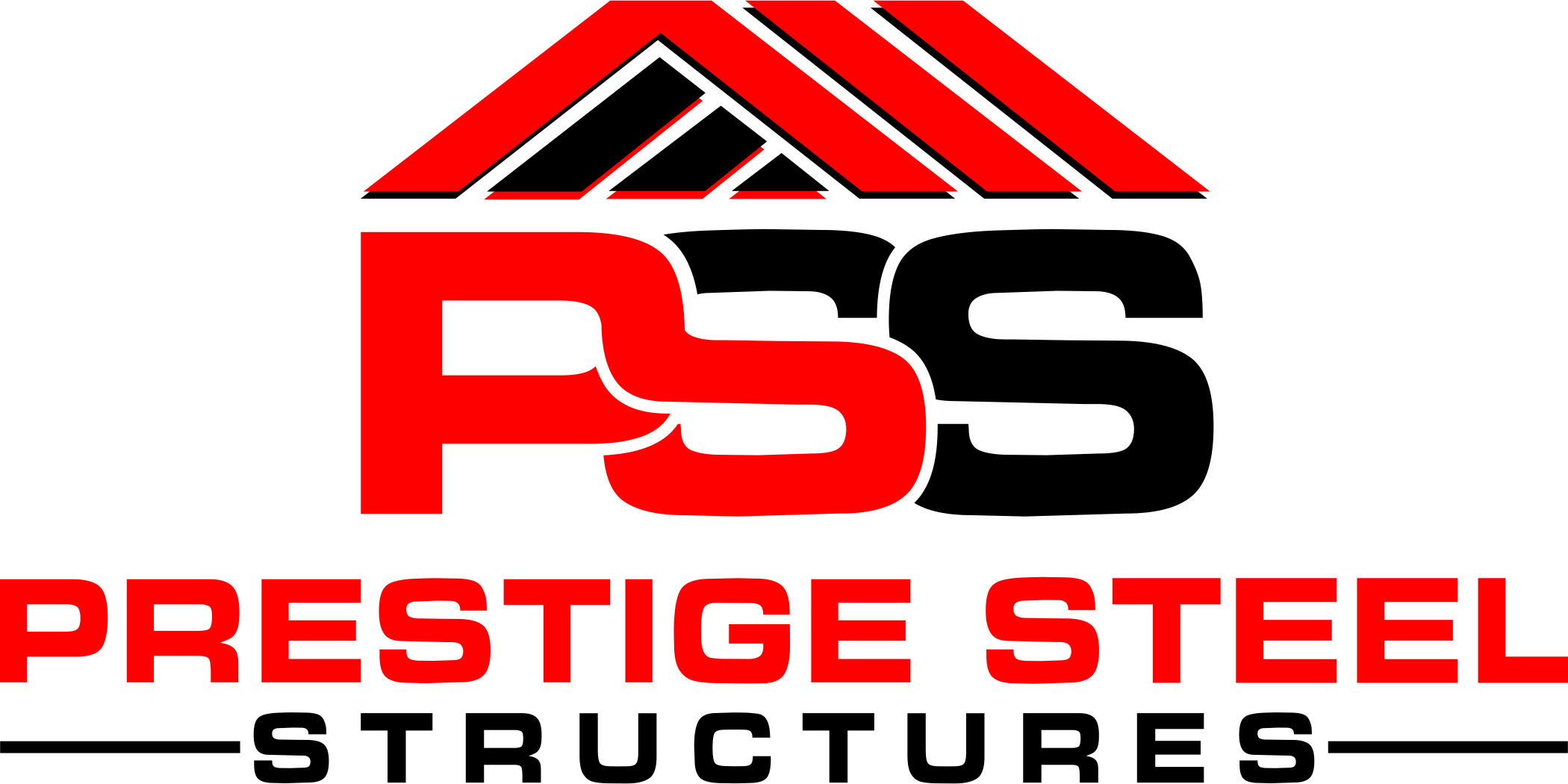When planning a metal building, one of the most important decisions you’ll make is the type of metal to use. The material you choose directly affects the building’s strength, durability, and overall cost. With several options available, it’s important to understand which metals perform best under specific conditions. Whether you’re building a warehouse, a workshop, or a commercial space, selecting the right metal can help you avoid long-term maintenance issues and ensure structural stability. Some metals are better suited for resisting corrosion, while others are prized for their affordability or load-bearing capabilities. By learning the unique advantages of each type of metal, you’ll be better prepared to make an informed choice that suits your project’s goals and budget.
The overall strength and lifespan of any structure largely depend on the quality of materials chosen during the build. Metal plays a key role in shaping today’s buildings, offering unmatched support and resilience. With a wide range of metal types available, each comes with its own set of features that make it suitable for specific construction needs.
Why Metal Materials Matter in Modern Construction
Metal is a core part of today’s construction industry because of its unmatched strength, flexibility, and ability to handle harsh weather and environmental stress. These qualities make it a top choice for building strong, safe, and long-lasting structures. The right type of metal helps support heavy loads, manage pressure, and maintain stability over time.
Partnering with a reliable industrial metal supplier ensures you get the right materials for any project. With options like stainless steel, seamless piping, and essential metal components, suppliers help deliver the quality needed to build structures that meet today’s standards for performance and durability.
Why Steel Remains a Top Choice in Modern Construction
Key Characteristics
Steel is known for its exceptional strength, adaptability, and long-term performance. Often used in structural form, it’s primarily made from iron mixed with a small amount of carbon. This combination creates a material that is both strong and flexible, able to handle heavy loads and stress without cracking. Because of its high tensile strength, steel plays a key role in large-scale construction projects.
What Makes Steel So Effective?
High Strength with Low Weight: Steel can carry heavy loads without adding unnecessary bulk, making it ideal for buildings that need to remain stable and lightweight at the same time.
Flexible Under Pressure: Its ability to bend and stretch under force means it can absorb shocks without snapping, which is especially important in areas prone to earthquakes.
Fully Recyclable: Steel is 100 percent recyclable, making it a smart option for eco-conscious building practices.
Common Uses
In major urban areas across the globe, steel forms the backbone of modern architecture. From the skyscrapers of New York to the landmarks of Dubai, it allows builders to create tall, safe, and visually striking structures. Its unique mix of strength and flexibility continues to make it a top material in the construction world.
Aluminum in Construction: Lightweight, Durable, and Corrosion-Resistant
Key Qualities
Aluminum stands out for being light, easy to shape, and naturally resistant to rust. Though it doesn’t match steel in raw strength, it offers enough durability for many building projects, especially when weight is a priority.
Why Builders Choose Aluminum
Built-In Protection:
Aluminum forms a natural oxide coating when it meets air. This shield helps block rust and surface damage, which is especially useful in damp or coastal areas.
Lightweight Design:
At roughly one-third the weight of steel, aluminum helps reduce the load in structures. It’s often used in areas like facades or overhead installations where lowering weight improves performance and safety.
Strong for Its Size:
Even though it’s lighter, aluminum still provides strong structural support. This makes it a go-to material for projects where strength and reduced weight both matter.
Common Uses
You’ll find aluminum in building features such as outer walls, window systems, and roof panels. Thanks to its resistance to moisture and air exposure, it’s also ideal for buildings near oceans, lakes, or areas with heavy rainfall. Aluminum helps extend the life of building exteriors in environments where other metals may break down.
Why Copper Is a Smart Choice for Both Style and Strength
Copper is widely recognized for its beauty and lasting durability. In construction and architecture, it naturally resists corrosion and evolves over time, forming a rich patina that adds character and protects the surface even more.
What Makes Copper Valuable?
Exceptional Lifespan:
Copper can perform for more than 100 years, even in tough climates. This makes it a dependable option for long-term building use.
Built-In Hygiene Benefits:
Copper’s surface naturally reduces bacteria, which is especially helpful in places like healthcare facilities where cleanliness matters most.
Energy and Power Efficiency:
With excellent electrical and thermal conductivity, copper supports energy-saving designs and enhances electrical system performance.
Common Uses of Copper in Building Design
Copper finds its place in roofing, wall coverings, gutters, and downspouts. Its rich appearance also makes it a favorite for decorative features. You’ll often see copper on historical buildings, especially on domes and rooflines, where its look is just as important as its function.
Titanium: A Reliable Solution for Harsh Environments
Titanium is known for its impressive strength, light weight, and ability to resist corrosion, especially when exposed to challenging conditions. While it comes at a higher cost than most metals, its unique qualities make it a go-to material for demanding structural uses.
What Makes Titanium Stand Out
Long-Lasting Against Corrosion:
Titanium holds up extremely well in environments where rust or corrosion would normally occur. It stays stable in places like chemical facilities and coastal settings, making it dependable where other metals would fail.
Strong Yet Lightweight:
Titanium offers the strength of steel but weighs nearly 45 percent less. This balance makes it ideal in projects where both durability and weight are important factors.
Tough Under Pressure:
Titanium performs well under extreme temperatures and in the presence of harsh chemicals. Its reliability in these conditions has made it a practical choice for industries that operate in rough environments.
Common Uses
Titanium is commonly found in structures that need to handle demanding environmental stress. This includes industrial facilities, marine infrastructure, and certain upscale architectural features.
In ocean-related construction, like oil platforms and ships, titanium parts help maintain long-term strength and reliability. Even with ongoing contact with saltwater and severe weather, titanium keeps these structures solid and dependable.
Stainless Steel: A Durable and Stylish Building Material
Stainless steel is a strong and visually appealing metal made by combining steel with chromium. This combination gives it a natural resistance to rust and stains, while its smooth, shiny finish adds a modern touch to any project.
What Makes Stainless Steel a Great Choice?
Built-In Protection: Chromium gives stainless steel its powerful shield against rust and corrosion. This makes it a reliable choice for both load-bearing structures and stylish finishes.
Simple Upkeep: Stainless steel is easy to clean and doesn’t lose its appearance over time, which helps cut down on long-term maintenance costs.
Strong Yet Adaptable: Like other types of construction steel, stainless steel offers excellent strength. At the same time, it remains flexible enough to work well in a wide range of building projects.
Where You’ll Find It
Stainless steel is commonly used in support beams, safety railings, and building facades. Its reflective surface makes it a favorite in modern design. Airports, high-rises, and public buildings often feature stainless steel to give spaces a polished and long-lasting finish.
How Climate and Environmental Conditions Impact Metal Selection
When choosing metal for building construction, the local climate and surrounding environment play a major role in long-term performance. Humid or coastal regions, for instance, pose a higher risk of corrosion due to constant exposure to moisture and salt in the air. In contrast, dry or arid zones may place more importance on heat resistance and structural integrity under sun exposure. Temperature swings, wind levels, rainfall, and even air pollution can influence how a metal holds up over time. Understanding these environmental factors helps prevent issues like rust, warping, or structural failure. Builders and project managers who factor in local conditions when selecting materials often see lower maintenance costs and longer-lasting results. By matching the right metal properties to the specific demands of a site, you’re not only improving the structure’s durability but also protecting your investment in the long run.
Conclusion
Selecting the right metal is one of the most critical steps in any building project. Each metal offers a unique blend of strength, weight, corrosion resistance, and long-term durability. By understanding how different metals perform under various conditions, you can choose a material that aligns with both your structural needs and your budget. Whether you’re designing a warehouse, commercial facility, or coastal structure, factoring in climate, usage, and maintenance can help you avoid costly repairs down the road. The right choice will not only improve the building’s safety and appearance but also boost its long-term value. With careful planning and the right supplier, you can build something that stands strong and looks great for decades.
FAQs
Which metal offers the most durability for building construction?
Steel delivers unmatched durability thanks to its high tensile strength and ability to handle structural pressure. It holds up well in demanding environments and supports heavy loads with ease.
What metal gives the best value for metal buildings?
Galvanized steel provides excellent value. It combines affordability with solid performance and corrosion resistance, making it a popular choice for budget-conscious projects.
What metals work best in humid or coastal climates?
Stainless steel and aluminum handle moisture and salt exposure very well. They resist rust naturally, making them ideal for buildings near the ocean or in rainy regions.
Is steel or aluminum a better fit for metal buildings?
Steel works better when strength and load-bearing are top priorities. Aluminum is lighter and resists corrosion, which makes it great for projects where weight reduction matters.
How does local climate affect metal selection?
Climate shapes how metals perform. Coastal and humid zones demand corrosion-resistant options, while hot or dry regions need metals that manage heat and stay stable under pressure.




